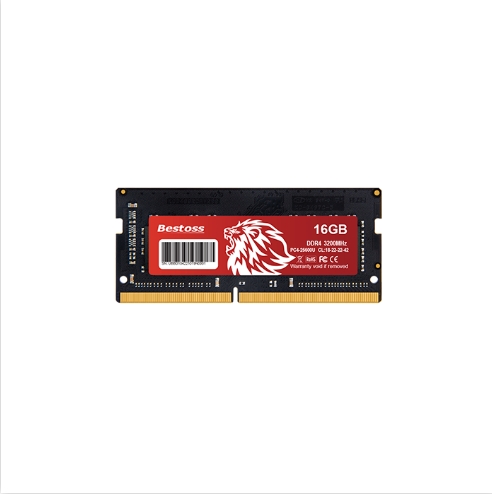
In the realm of computer enthusiasts, the term "overclocking" is often associated with squeezing extra performance from hardware components. Overclocking RAM, in particular, has become a popular practice among those seeking to optimize their system's speed and responsiveness. In this article, we will explore the pros, cons, and risks associated with overclocking RAM, shedding light on whether this practice is the right fit for your computing needs.
Pros of Overclocking RAM
Overclocking RAM can lead to a boost in system performance, especially in tasks that are memory-intensive. This is particularly beneficial for gamers, video editors, and other users who demand high-speed data access.
Overclocking provides a cost-effective way to achieve performance gains without investing in new hardware. It allows users to make the most of their existing RAM modules, maximizing the value of their initial investment.
Overclocking offers users the ability to fine-tune their system to match their specific needs. It provides a level of customization and flexibility that standard configurations may not offer.
Cons and Risks of Overclocking RAM
Overclocking often involves pushing hardware beyond its factory-set limits, which can void warranties. Users should be aware that overclocking RAM may impact their eligibility for manufacturer support.
Pushing RAM beyond its specified limits may lead to system instability. This can result in crashes, freezes, or other issues that compromise the reliability of the computer.
Overclocking generates additional heat, and if not properly managed, this can lead to overheating issues. Users should ensure their system has adequate cooling solutions to handle the increased thermal load.

Before diving into overclocking, it's crucial to ensure that your system components, including the motherboard and RAM, support overclocking features. Not all hardware is designed with overclocking in mind, and attempting it on incompatible systems may lead to adverse effects.
Effective cooling is paramount when overclocking RAM. Investing in quality cooling solutions, such as heat sinks and fans, helps maintain stable temperatures and prevents overheating issues.
Overclocking is a trial-and-error process. Start with small, incremental changes to avoid pushing the RAM too hard initially. Gradual adjustments allow you to find a balance between performance gains and system stability.
As you explore the world of overclocking RAM, consider Bestoss as your trusted ally. Our commitment to delivering top-notch computing solutions ensures that your hardware is in safe hands. With a focus on performance, reliability, and cutting-edge technology, Bestoss stands as a beacon for users seeking to push the boundaries of their computing experience.
In conclusion, overclocking RAM can offer notable performance benefits, but it comes with its share of risks and considerations. Before delving into this realm, users should weigh the pros and cons carefully, considering factors such as system compatibility, temperature management, and the potential for warranty voidance. With the right approach and awareness of the associated risks, overclocking RAM can be a rewarding endeavor for those seeking an extra performance edge. Partner with Bestoss for a seamless and reliable overclocking experience that enhances your computing capabilities.